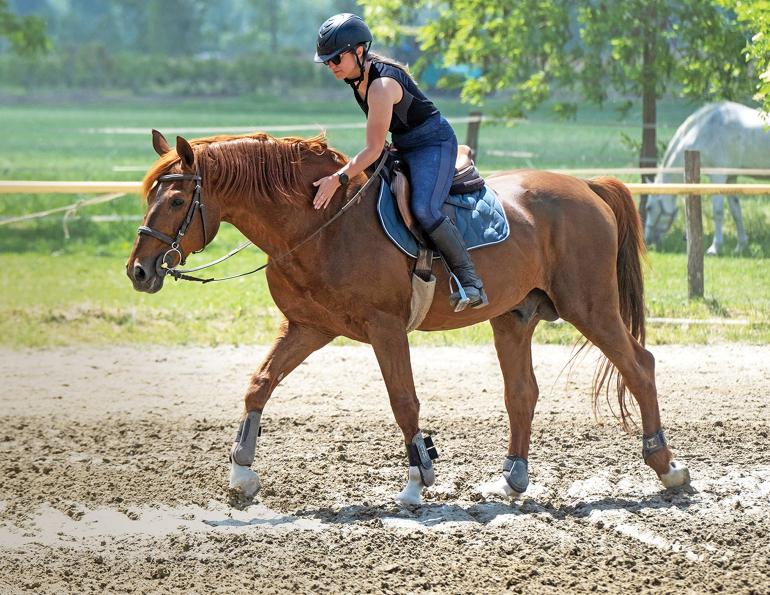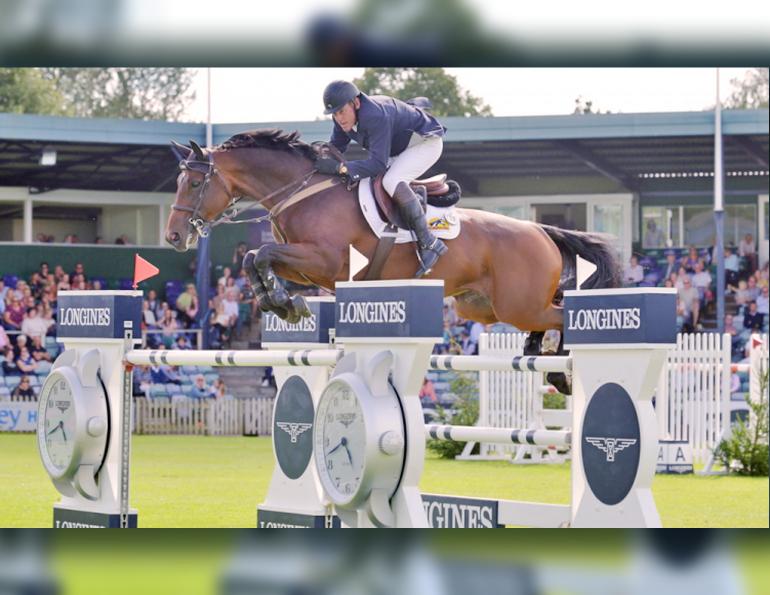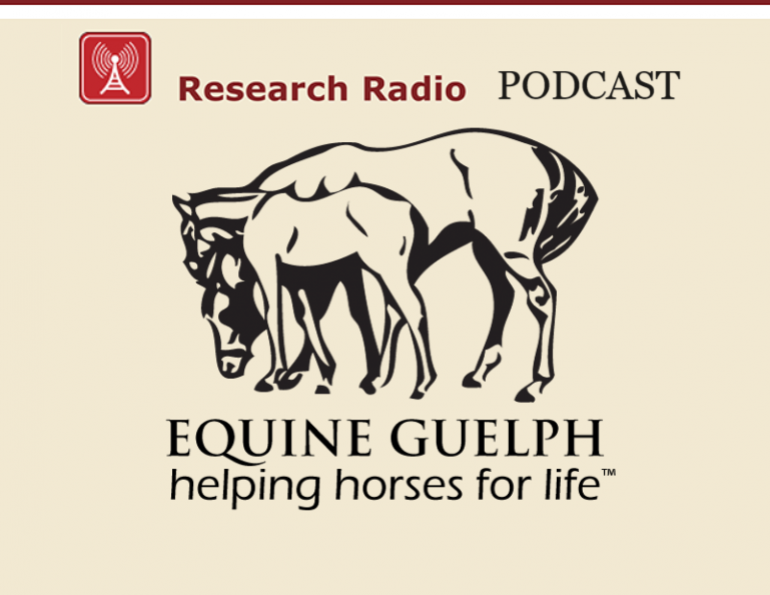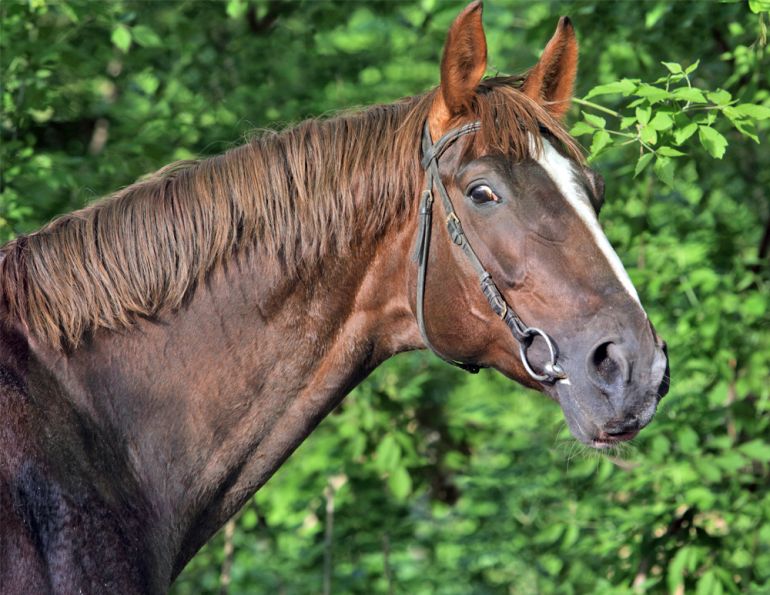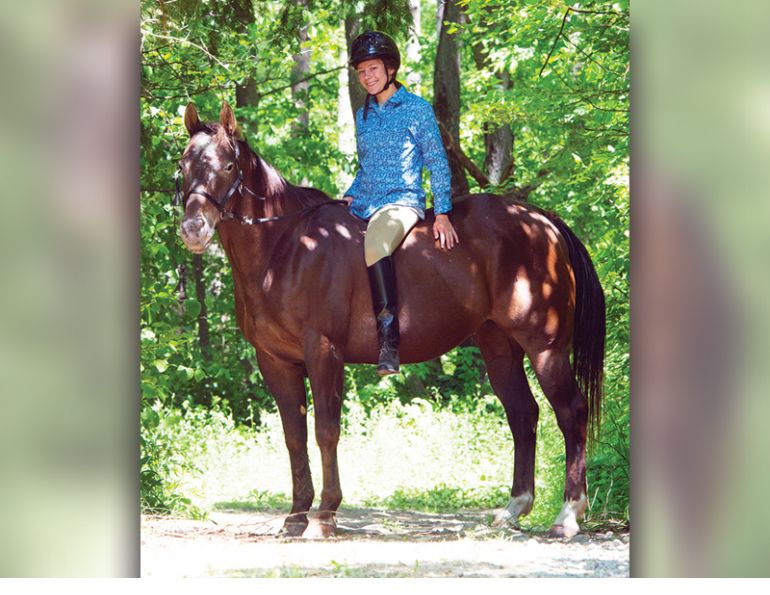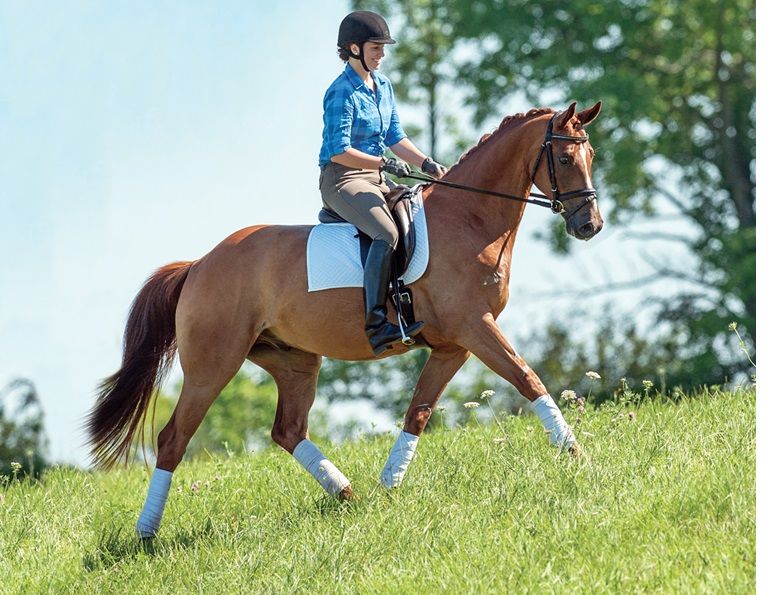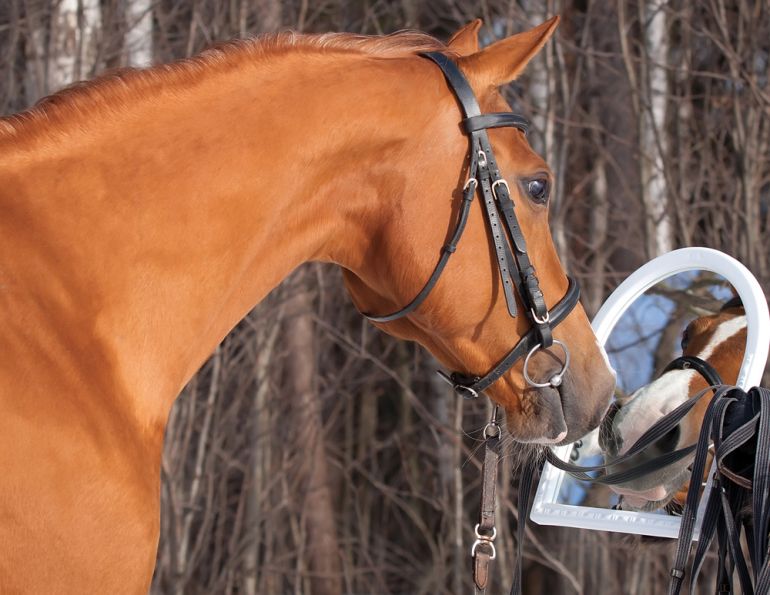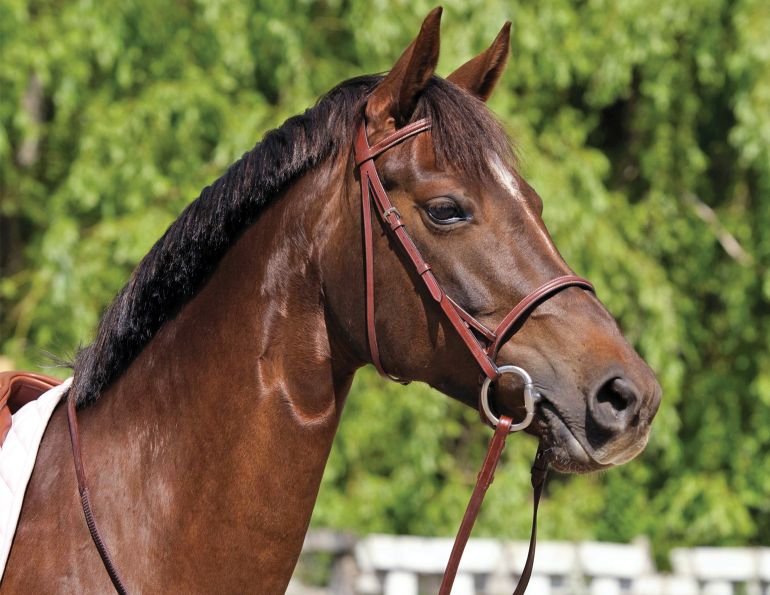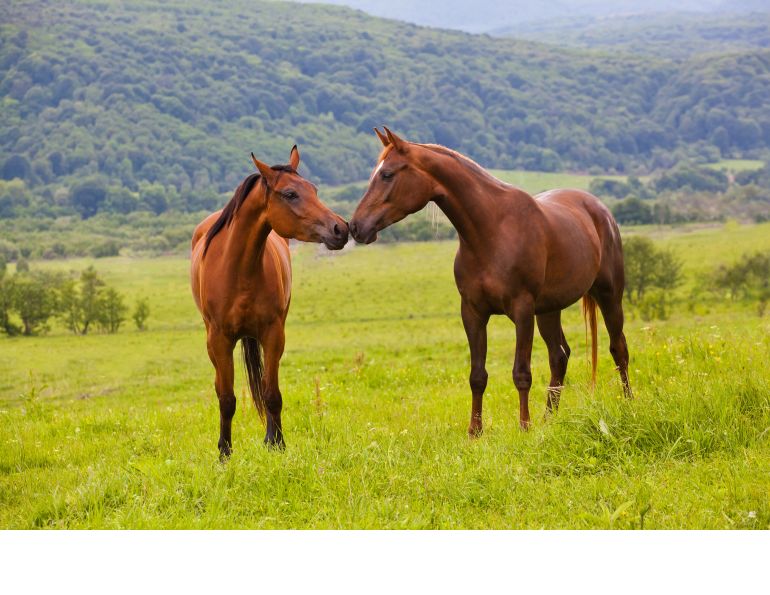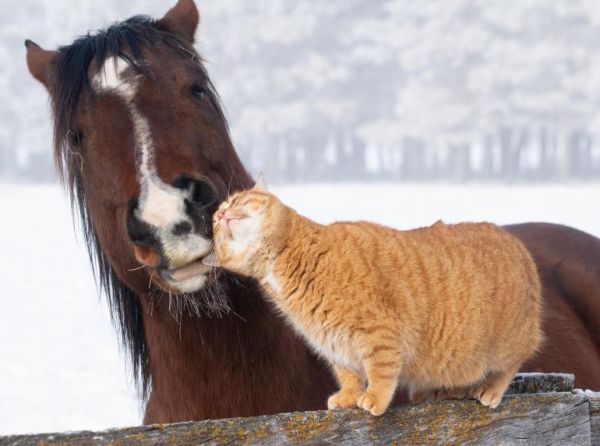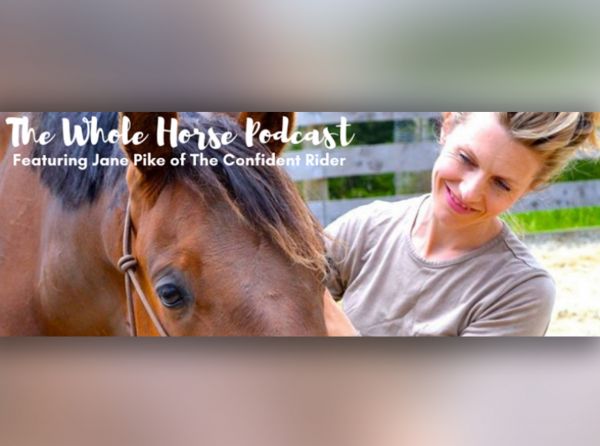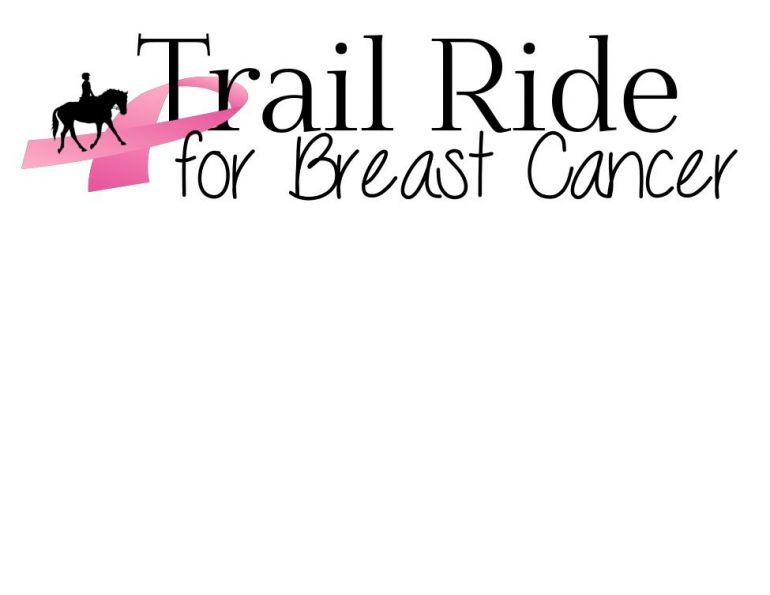By Jec A. Ballou
Miscalculating the effort level of exercises for horses often derails the process of gaining fitness. Whether or not a horse finds any given exercise hard is left to a lot of guesswork. And since many riders form assumptions based on their own perspectives of sport and physical challenges, this guesswork is frequently inaccurate. To gauge this better and to deliver beneficial doses of effort, we need to clarify how and when certain tasks are difficult for the horse.
We humans, as it turns out, often misinterpret what individual horses find physically hard or taxing. In large part, this is due to conflating the various ways an exercise can seem challenging. Is it painful or uncomfortable in some way? Is it mentally stressful or worrying to the horse? Is the horse confused due to lack of skill? Lastly, is the horse’s metabolic and/or musculoskeletal system taxed by it? If you find yourself quitting or avoiding an exercise because it seems too “hard” for your horse, really try to clarify which of these you mean. Getting clear on this will dictate whether an exercise should be avoided, modified, or possibly just approached differently as part of a conditioning plan.
In the case of pain, an exercise should obviously be avoided. An example is an older horse with arthritic hocks that really struggles to walk down steep hills. In the instance of stress or lack of skills, an exercise can be modified to suit the situation. An example is breaking an exercise down into smaller steps or changing your location; some horses are stressed in an arena but relaxed in an open space, or vice versa.
The case of metabolic or musculoskeletal stress, however, can be trickier to handle. If we deem an exercise difficult in this way for our horses, it does not necessarily mean we should avoid or modify it. To improve fitness, the body does need to perform hard sessions on occasion. This leads to heightened neuromuscular communication, better muscle activation and fueling, and increased resilience to exercise stress. Ideally, harder training days are alternated with lighter days, and strenuous efforts are not repeated consecutively within a week. Within this context, there are numerous variables surrounding any given routine or workout that makes them more — or less — challenging for the horse.
Related: When Horses Behave Badly
Understanding and controlling these variables allows you to rate the difficulty of a task more accurately as part of your horse’s fitness training. In other words, the task itself might not be hard but certain variables might be exaggerating its stress on the horse. Recognizing and adjusting these factors allow you to keep useful exercises in your conditioning plan. Rather than avoiding certain exercises because they might seem too hard, you can perhaps alter the variables that raise their effort. Alternatively, you can account for when an exercise that is usually easy for your horse requires a lot more effort.
The most common variables that effect an exercise’s difficulty are as follows:
Intensity
Any exercise becomes harder when performed at higher rates of speed or propulsion. For instance, your horse might perform shoulder-in without stress or challenge at slow paces, but the difficulty increases notably when tackling it at a brisk trot. Likewise, your horse might trot easily over cavalletti as part of your regular sessions, but adding speed (cantering) or propulsion (jumps) dials up the intensity. Adding intensity is not necessarily negative, but duration of exercises needs to be trimmed when doing so. For instance, if you normally ride in the arena for 45 minutes, asking your horse to climb up and down steep hills for that same amount of time requires a whole new — and greater — level of effort. When intensity increases, duration scales back. High effort or hard exercises should not be avoided, but their duration should be reduced. Longer sessions each week should be reserved for mostly low effort work.
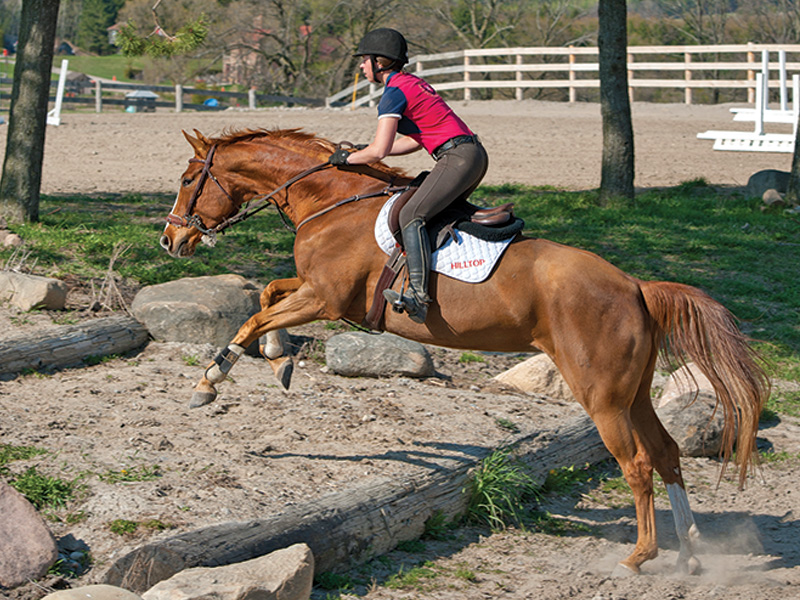
Exercises become harder when speed is increased. When exercise intensity increases, the duration of the exercise should be reduced.Photo: Clix Photography
Weather and Body Condition
Ordinarily, easy exercises for a given horse become harder when performed in extreme weather — hot, freezing, or windy. The demands of thermoregulation alter the horse’s muscle function, soft tissue hydration, and energy pathways, all of which detract from the ability to perform at a normal level. Weather plays a sizable role in how hard an exercise is on any given day.
Similarly, the horse’s body condition is also a factor. Gaining or losing a large amount of weight will make normal exercises harder. The horse’s metabolic system is stressed in these scenarios, which then leads to an alteration in muscle fibre recruitment, heat dissipation, and fluid balance in the body.

Weather plays a significant role in how difficult a horse finds an exercise and more so if fitness has been lost due to down time. Photo: Shutterstock/Sergii Kumer
Unbalanced Riders
An unbalanced rider requires significantly more effort from the horse to balance laterally and maintain rhythm in his gaits. A horse that is fit and primed for the exercises he is being asked to do will find it far more difficult to perform with an unbalanced rider onboard. On their own, the exercises are not challenging, but they are being made difficult by the ever-changing forces directed through the horse’s body from the rider. This is worth considering if asking someone else to ride your horse; depending on the skill and weight of the rider, you might consider scaling back the duration of a session.
Related: Using Fitness for Better Balance & Relaxation
Footing
The depth and looseness of riding surfaces can increase a horse’s effort by up to 50 percent, even when performing his normal routine. When footing is deep and dry or loose, significantly more work is required from the horse’s muscles. When it is firm or hard, the horse’s skeleton receives more stress. When determining the difficulty of a session, you must factor in the footing. Even if you are performing a non-challenging routine, the footing surface will determine how easy or hard it is.
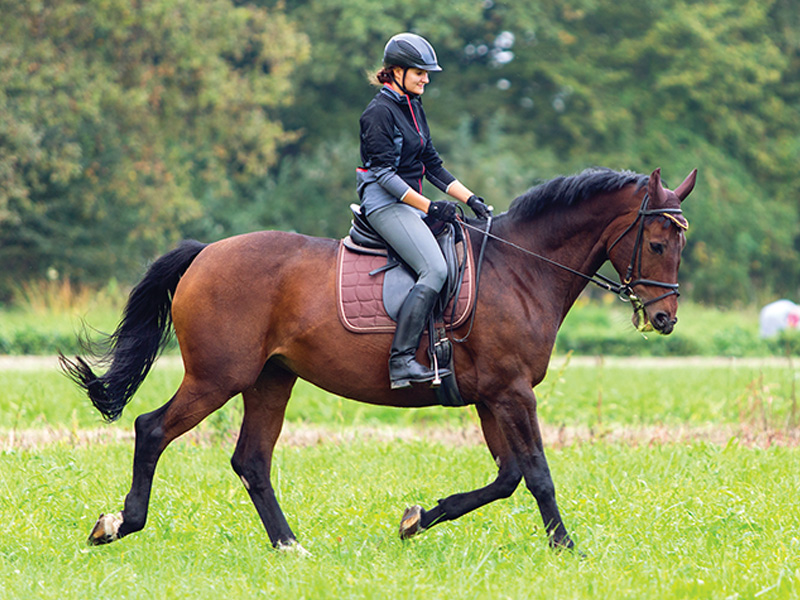
A horse that seems worried or stressed can find exercises challenging in an indoor arena, and may be more relaxed in an open space. Photo: iStock/Choja
Repetitive Muscle Contractions
With conditioning, muscles can work hard and for long periods of time provided they are given short recovery periods within or between exercises. Otherwise, cell metabolism suffers and muscles begin to fail. In turn, the connective tissues are strained and can be damaged. A common example of this is when horses are required to perform while maintaining a certain head/neck posture for extended periods of time. This static posture requires prolonged isometric muscle contractions which equine muscles are not well suited to. Relatively easy exercise can become quite taxing in this state. When the horse is given plenty of short recovery periods from repetitive muscle contractions, easy exercises will remain easy.
Insufficient Warm-up
Energy pathways, muscle activity, range of motion, and stamina are all dependent on a progressive warm-up that gradually increases body temperature and delivers blood and oxygen to the muscles. A warm-up primes the body to tackle challenges without strain. In cases of insufficient warm-ups, horses will find exercises more difficult than they otherwise might. Their neuromuscular signals will be subpar, their proprioception dulled, and their quality of movement less efficient. On days when you wonder if or why an exercise seems hard for your horse, a good place to start is to consider what kind of warm- up you did.
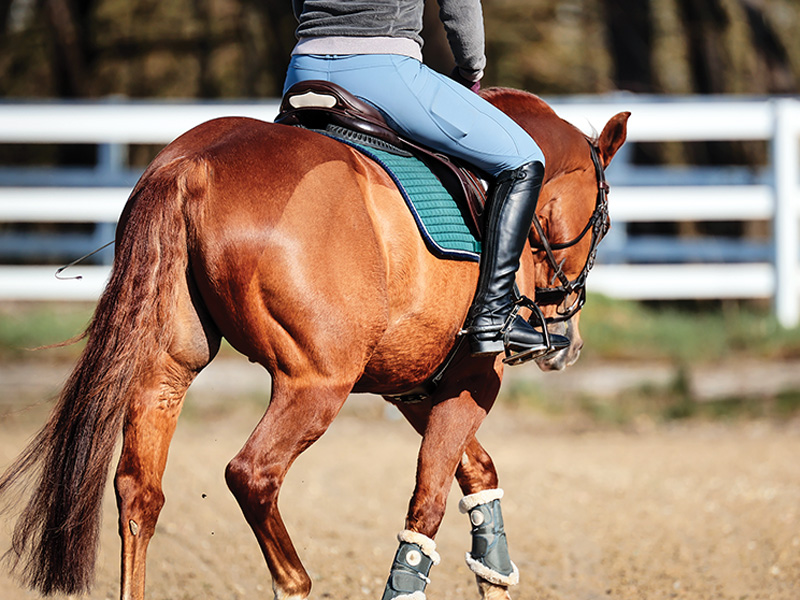
A sufficient warm-up prepares the horse’s body for the challenges of the training session. Without a proper warm-up the horse will find the exercises more difficult. Photo: Shutterstock/Rolf Dannenberg
Down Time
Horses begin to lose measurable amounts of fitness after being out of regular (four days/week) work for four weeks. Time off is a big factor in dictating any exercise’s challenge level. Your horse might be able to perform a certain exercise easily and for long periods of time, but after having a few weeks off that is no longer the case. He might still have the skills and knowledge, but his cardiovascular and musculoskeletal systems are detrained, thereby making things much harder. Likewise, an exercise that seems hard for an unfit horse will likely no longer be so after several weeks of conditioning.
Related: The Right Way to Warm Up Your Horse
Related: Starting Out on the Right Foot: Warm-Up Your Horse, Part 1
Main Photo: Shutterstock/Geza Farkas



